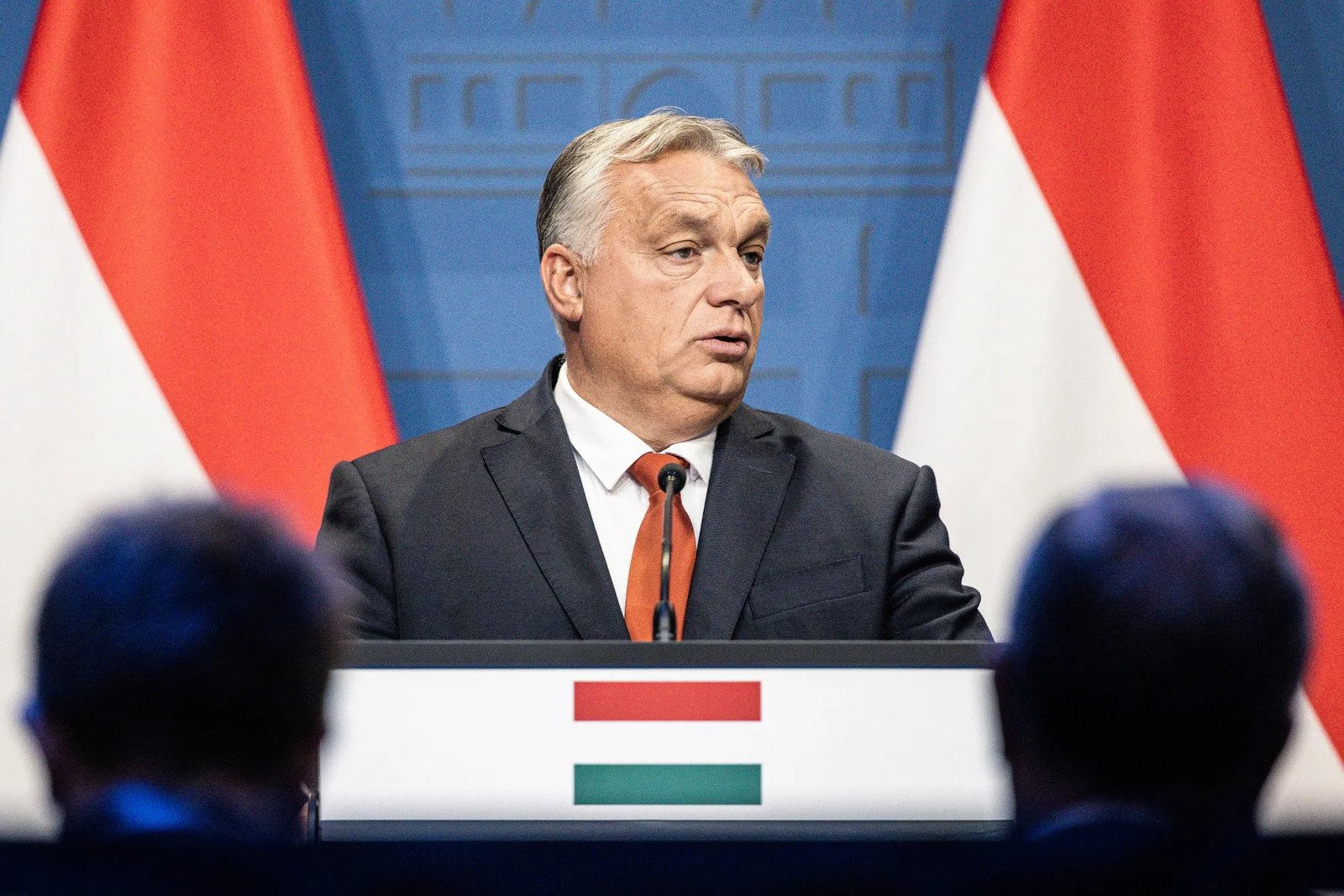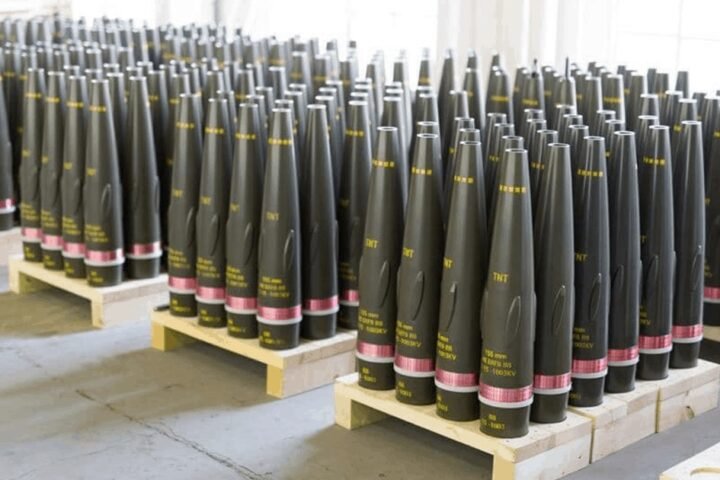On September 30, 2025, Russian forces carried out a missile strike in Ukraine’s Chernihiv region, claiming to have destroyed 20 trucks loaded with long-range drones and eliminated 60 military personnel. However, analysis of satellite imagery taken on September 25, 27, and 30 revealed no military equipment or forces in the targeted area. Ukrainian authorities confirmed that civilian grain transports were hit, resulting in the death of a 47-year-old driver and significant damage to commercial vehicles.
Pattern of attacks on civilian infrastructure continues
This strike follows a series of deliberate assaults on civilian facilities by Russian forces, often disguised as operations against military targets. On August 20, 2025, Russian drones struck energy infrastructure in Odesa region, causing fires and damage to port facilities on the Danube, despite Moscow’s claims of hitting “defense industry targets.” In late September, drones targeted the Akkerman Distillery in Odesa, destroying a bottling plant and storage area. On October 3 and 4, strikes in Shostka (Sumy region) hit a passenger train and railway station, killing two civilians and injuring dozens, including children. In the early hours of October 7, Russian drones targeted Poltava’s railway infrastructure, causing fires, disrupting passenger train schedules, and cutting power to parts of the city.
Evidence undermines Russia’s claims
Investigations by Ukrainian prosecutors and independent analysts show these attacks are not collateral damage but deliberate targeting of civilian assets. The Chernihiv strike was not aimed at military infrastructure. The Russian Defense Ministry’s statement about destroying long-range drones and eliminating combat personnel is contradicted by verified evidence. The immediate release of so-called “evidence” videos reflects a pattern of prepared propaganda widely spread by pro-Kremlin outlets.
Strategic implications for Ukraine and global food security
The systematic targeting of grain transport and critical infrastructure underscores a strategic effort to damage Ukraine’s agricultural sector and disrupt food security. This raises serious risks for importing nations in the Middle East and Africa, where Ukrainian grain supplies are vital. The choice of targets — grain transports, energy infrastructure, ports — signals an escalation in pressure tactics against Ukraine’s civilian population and economy, challenging claims of Russia’s willingness to negotiate. Such conduct aligns with patterns recognized as war crimes under international law.









